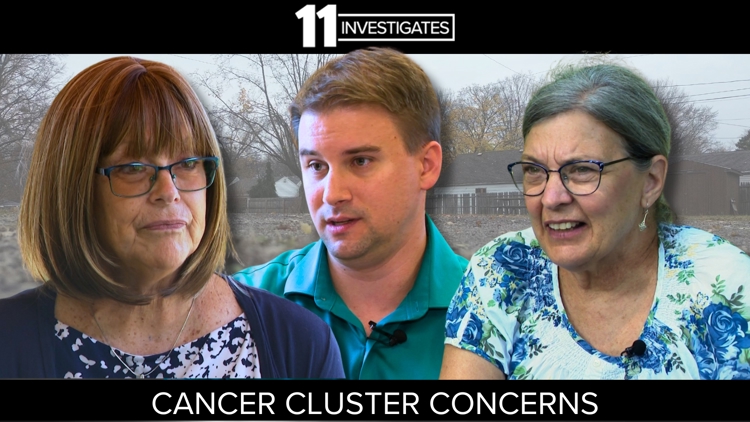LUCAS COUNTY, Ohio — In the spring of last year, Cynthia Cordrey’s life changed quickly, unexpectedly and dramatically.
“I had a normal mammogram in February,” Cordrey said. “A couple of months later, I had an inverted nipple on one side, which at first I thought might have been from my sports bra. I thought it was no big deal, but it didn’t go away.”
She went to an oncologist, who ordered an MRI.
“It showed Stage 4 cancer, which had spread to the spine and the lymph nodes.”
Rounds of chemo, radiation and surgeries followed. Thoughts crossed her mind that maybe it was time to end the fight, that the possible cure was worse than the disease that was ravaging her body.
But other thoughts and questions also crossed her mind. The most overwhelming of them being that she felt her diagnosis didn't make sense; was it deeper than just bad luck?

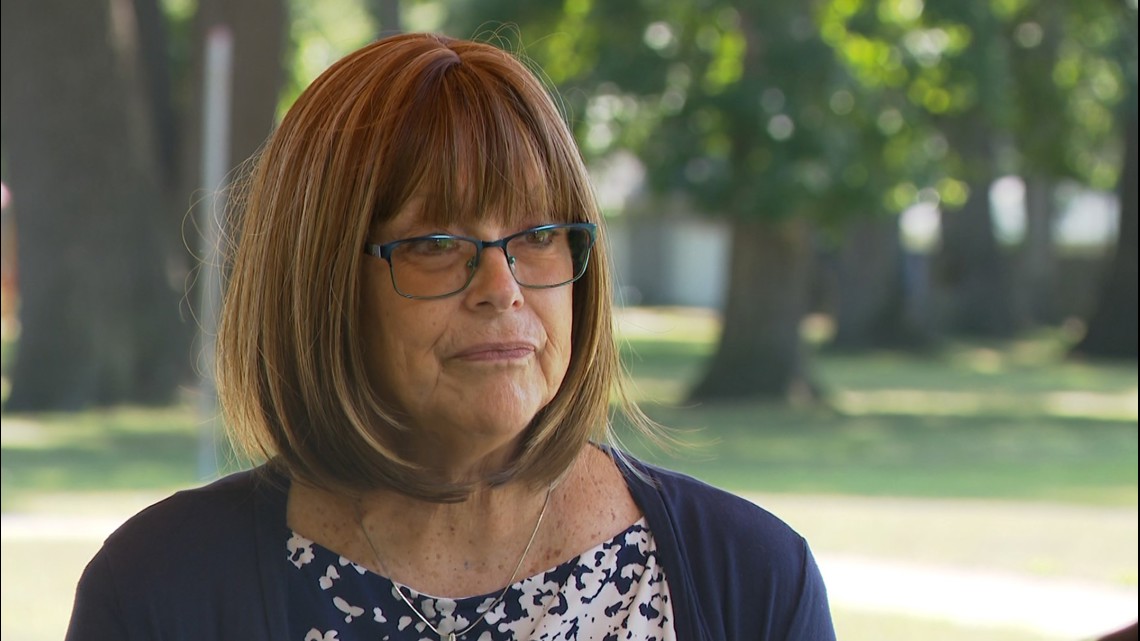
“I went from no cancer to Stage 4 in a matter of months, but then I kept seeing all my neighbors passing away from cancer,” she said.
Was the observation heightened because of her own battle or was there something else at play?
“There were all these different types of cancer. My neighbor had brain cancer. The lady across the street got rushed to the hospital and was told she had weeks to live.”
Her neighborhood is in the shadow of the Franklin Park Mall in west Toledo.
She started knocking on doors, “and found 25 people on my street of 30 houses. In some cases, it was husbands and wives. I still haven’t hit them all,” Cordrey said. “It just seems awfully high.”
Lucas County's Cancer Hunter
Officially, Brandon Palinski is the director of innovation, quality & informatics for the Lucas County Health Department.
As part of that job with a complicated title, he’s responsible for identifying areas in Lucas County that have concerning levels of cancer.
“It’s very common, unfortunately, that the populace will experience a lot of cancer,” Palinski said. “It’s likely people know or have experience with someone with cancer. A lot of times, people think there’s a cancer concern in my neighborhood. Sometimes, it’s a coincidence.”
But occasionally, he is asked to determine if the coincidence is possibly a cancer cluster.


The term cancer cluster entered public consciousness more than 50 years ago when a spike in childhood leukemias were noticed in the areas near Love Canal, N.Y., which had large volumes of toxic chemicals dumped in the region for decades. In the late 1970s, another unusual spike in childhood leukemia cases was discovered near Woburn, Mass., which had several drinking wells affected by chemical contamination.
Hollywood took the topic of cancer clusters to a new level in 2000 with “Erin Brockovich.” The movie, starring Julia Roberts, detailed Brockovich’s fight to hold Pacific Gas & Electric accountable for pollution that caused high levels of cancers in Hinkley, Calif.
“I’ll give you the exact definition of a cancer cluster, just so we’re on the same page,” Palinski said from an office inside the health department. “It’s a greater-than-expected number of the same or ideologically-related cancer cases. That means that the same factors cause them to occur within a group of people in a geographic area over a defined period of time.”
Though there aren’t obvious pollution sites in the area that could be causing health issues, Toledo and Lucas County do have high levels of cancer. Incidence rates from the National Cancer Institute show that the national average is 444 cases per 100,000 people. In Ohio, the rate is 470 per 100,000. In Lucas County, it is even higher – 477 per 100,000.

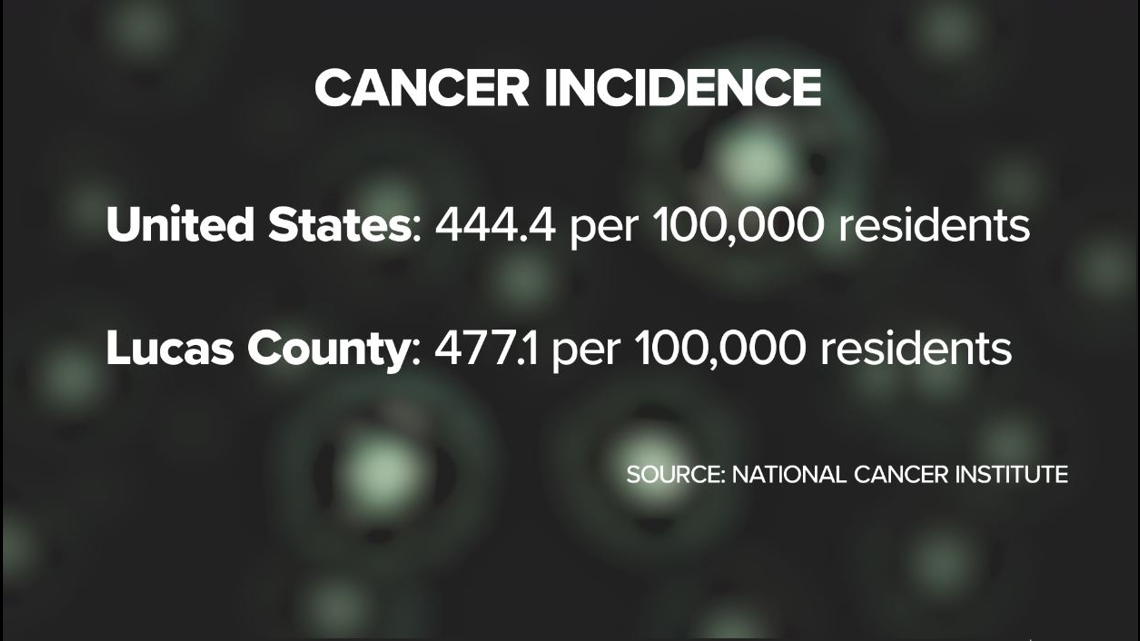
Palinski can’t say why the region has higher rates, though Lucas County annually has one of the highest obesity rates in the state, and Ohio, state-wide, also has some of the highest obesity rates in the country. The states with high obesity rates tend to have lots of cancers. For example, West Virginia has both the nation's highest rates of obesity and cancer.
But something unusual has happened recently in Lucas County. Three different people – from different areas of the county – have reached out to the health department with cancer concerns.
“Cancer concerns do get reported to the health department, but not that frequently. These are the first that we’ve had in quite a number of years,” Palinski said.
Three reports and all of them within months. The first was Cordrey. Another was for neighborhoods in Oregon – census tract 98 - and the third was in the Holland and Springfield Township region.

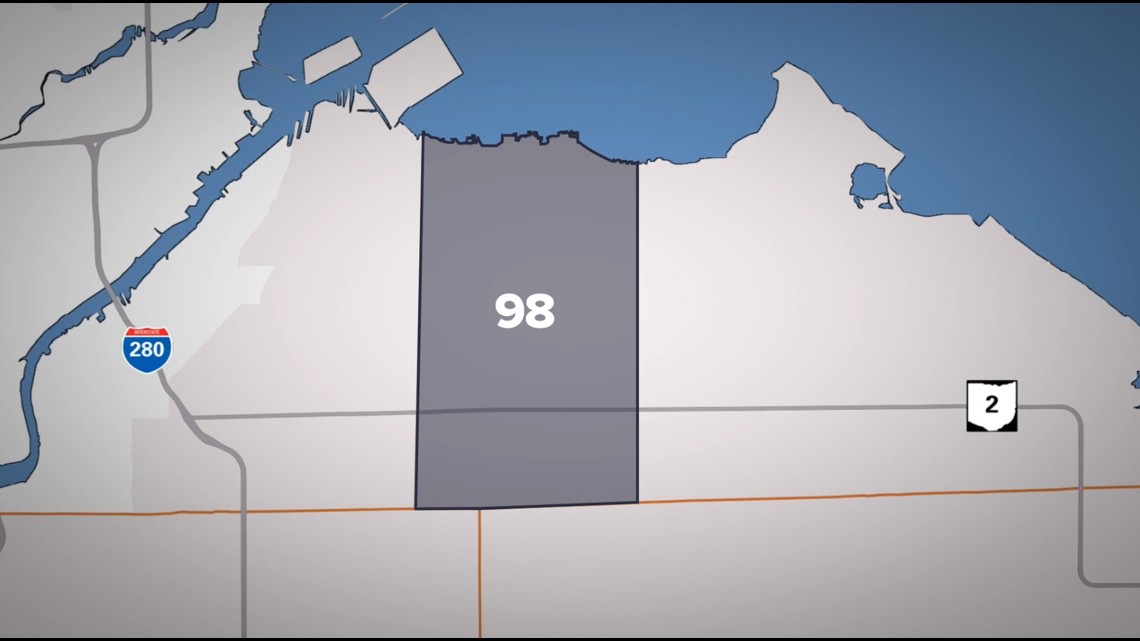
'There's a Number of Young People'
As a school nurse, Katie Schulz is often around large numbers of sick kids. But what she was not used to was the large numbers of young people with cancer that she began to hear about.
“A co-worker and I were talking, and we began talking about this friend in her mid-30s who had breast cancer. The conversation rolled on, and it turned out that between the two of us, we knew 30 people who lived in the Holland area – or had worked in the area – who had cancer.”

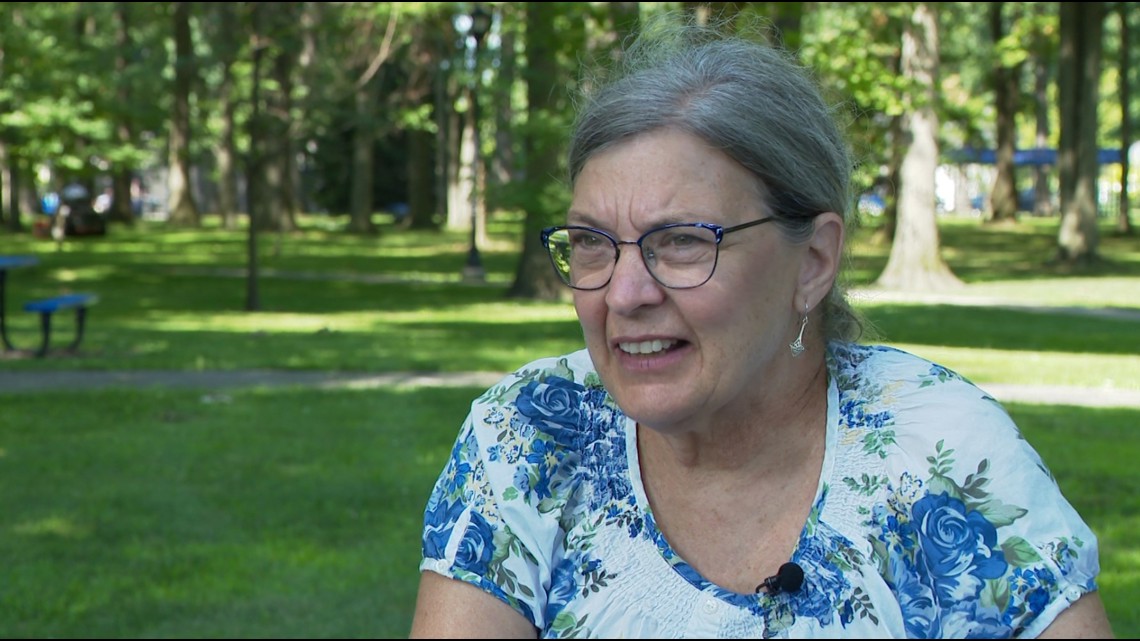
Several months ago, Schulz and a friend reached out to 11 Investigates about their concerns. They provided a detailed spreadsheet that included the 30 people they originally identified in that initial conversation, but also 30 others they were able to identify through networking. The spreadsheet now contains 60 names, with large numbers of breast cancer cases but also several other types of cancers, including pancreatic, kidney, lymphoma and ovarian.
“There’s a number of young people. That’s what really struck me,” she said.
The health department has opened an investigation, armed with Schulz’s spreadsheet.
Palinski and his team are focusing on four census tracts that include Springfield Township and Holland – tracts 88, 91.02, 87 and 91.01.


“I’m hoping it’s not something that is caused from the environment, but if it is, I hope they can mitigate it so it doesn’t keep going,” Schulz said. “Maybe there isn’t anything wrong and it’s just a coincidence, but it would be good to have some peace of mind.”
1 of 3 Americans Develops Cancer
Maybe Palinski will never be able to provide complete peace of mind, but he is able to use data to at least identify trends and concerns. And what Cordrey’s data tells him is that the neighborhoods around her home are not unusual.
“We looked at a 10-year period – we usually do a wider range of years just because a small area like that might not have enough cases for a single year – and what we found from the state (database) was that the expected number of cancer cases for that geographic area over those 10 years was around 372. The observed number was 350.”

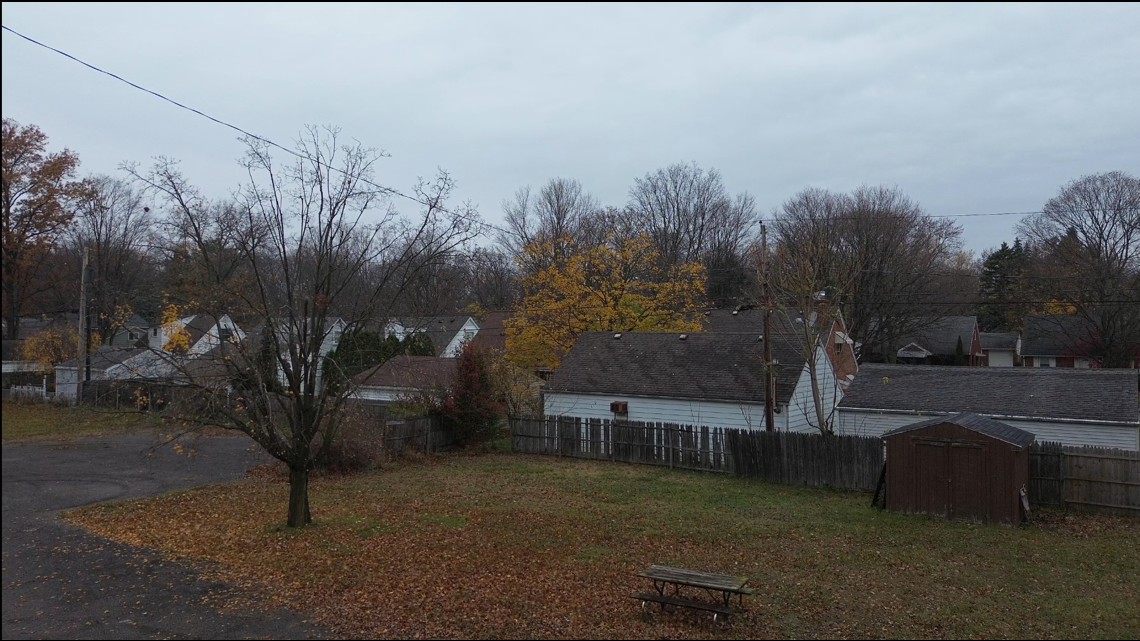
Besides total numbers, the types of numbers did not fit the definitions of a cancer cluster. There were several types of cancers reported in West Toledo. If there was an environmental cause for a large number of cancers, it would be expected that the environmental trigger would cause similar cancers. That is not the case. There are breast, brain, prostate, ovarian, lymphomas and other types of cancer.
Unless something changes, the health department is done with the west Toledo investigation, but it continues to look into the Oregon and Springfield Township areas.
“Any diagnosis of cancer is tragic. What I don’t think people realize is one out of three Americans will develop cancer in their lifetime. The odds go up as you age. You experience more life and you have more chance of lifestyle factors impacting you,” Palinski said. “Some genetic causes tend to kick in when you get older and your body can’t fight off those damaged cells.”
If someone has concerns about their neighborhood, they can ask the health department to investigate. Information can be emailed to LucasCountyEpi@co.lucas.oh.us.
'I Want Answers'
The answer isn’t satisfactory to Cordrey. She doesn’t believe the health department did what it promised, and she believes there are many more cancer cases that she hasn’t identified. She also said she knows of others who have left the area and later developed cancer.
Her body is tired, but she’s willing to continue the fight.
“I’m not looking for compensation. I’m not looking for any of that. I just want the incidence to go down or for them to find a cause,” she said.
She is continuing chemo, including injections.
“I used to run around and do a lot, and I can’t do that anymore. I have to pace myself. You get very tired, very weak, very nauseated, but I think I’m luckier than a lot of people who have been on chemo.”
She is asked if she’s worried that she’ll never get the answers to her questions.
“Most definitely. It’s too late for me, but it’s not too late for a lot of other people,” she said. “I’m not going to be around forever, but that’s OK. I’ve had a very good life, but I want someone to find the answer.”


